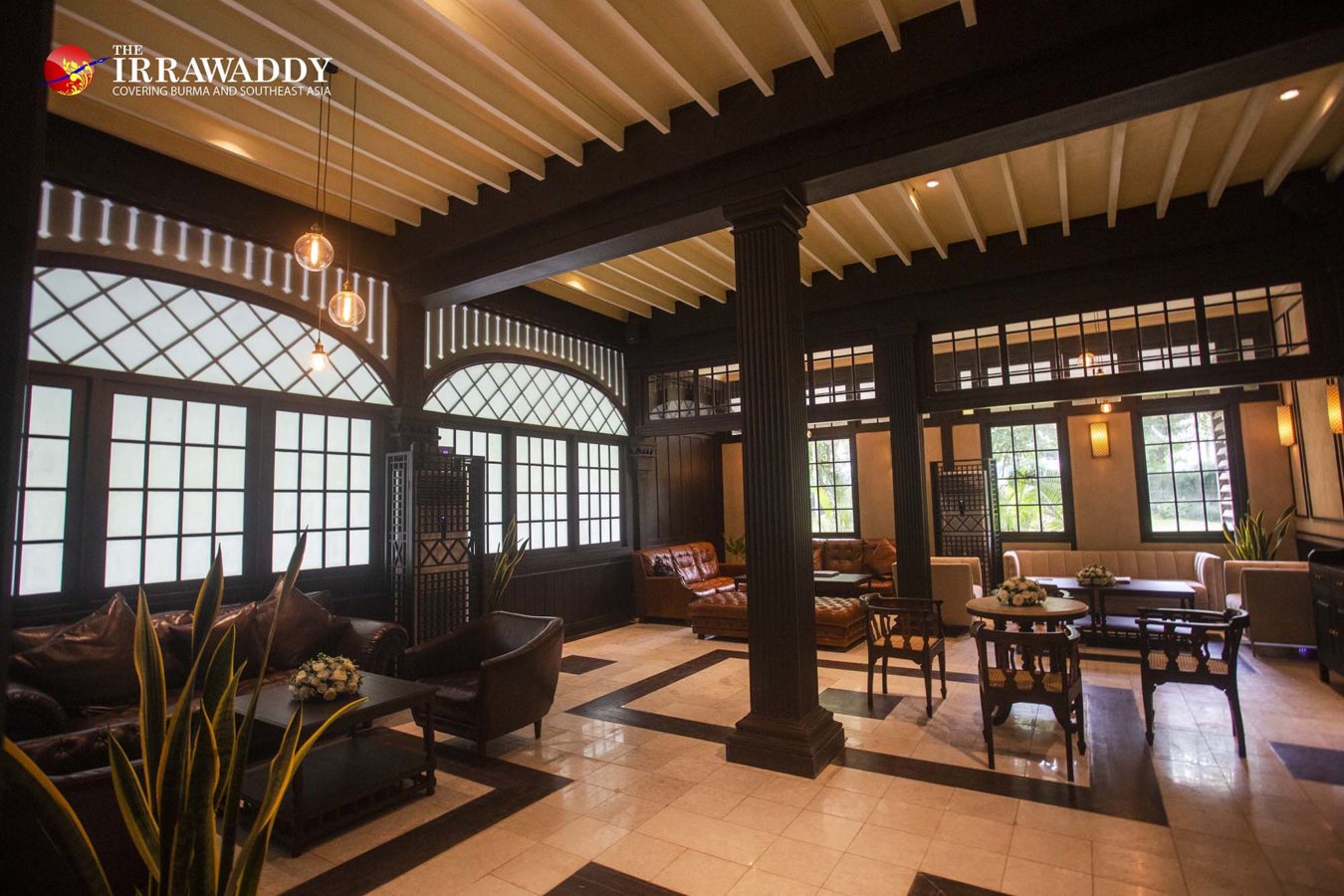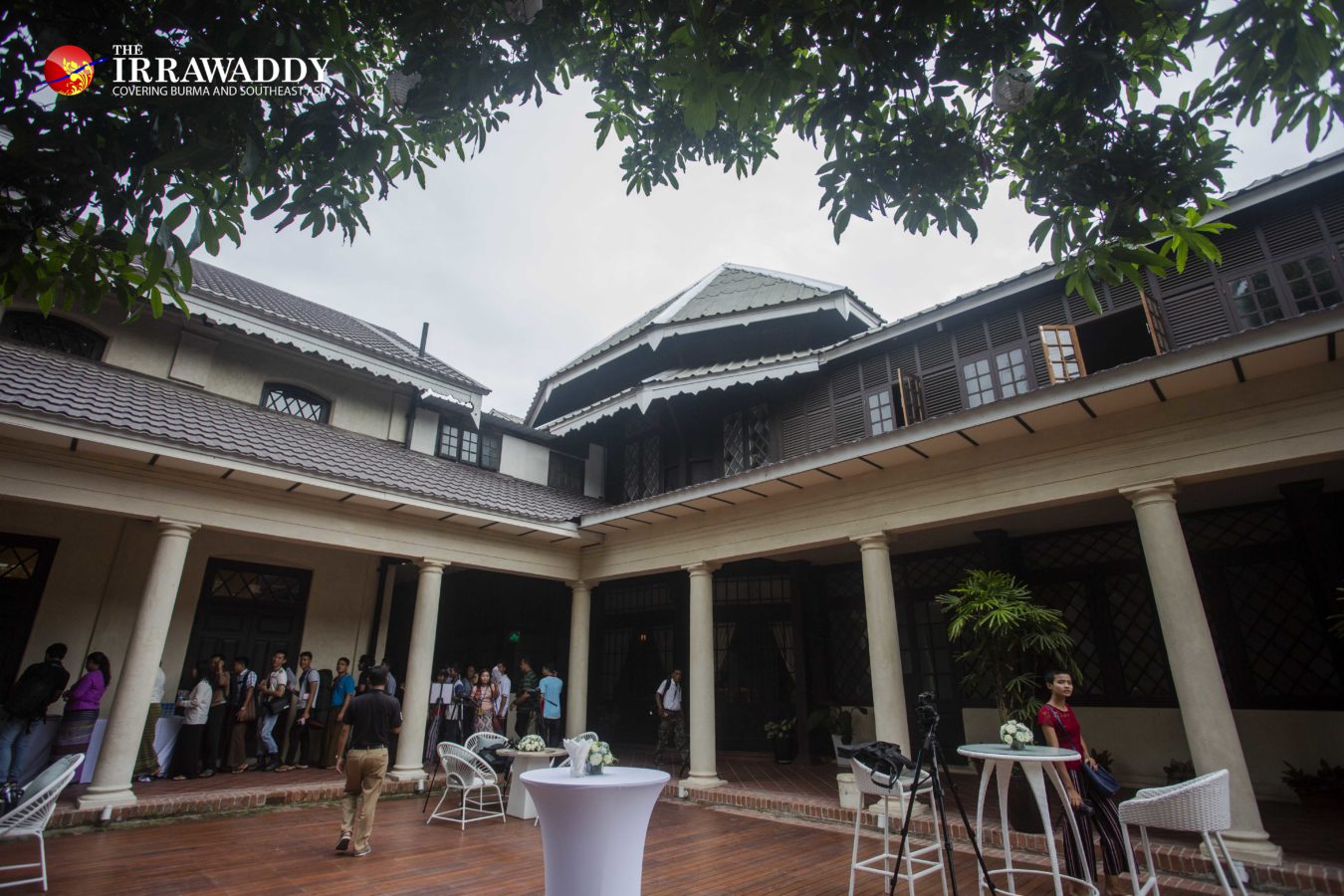One of the symbolic landmarks of discrimination during the colonial period in Myanmar—then Burma—is the Pegu Club, which sits at the corner of Pyay Road and Sagarwar Street, opposite the Russian Embassy in Yangon—then Rangoon.
The original building was opened in Cantonment Garden near the Shwedagon Pagoda in 1871 and was moved to the current site in 1882.
Burmese and other Asians were barred from entering the magnificent two-story teak building and its green, spacious premises. The club became the epitome of racism and racial discrimination in British Burma. Not even people of mixed race—with British and Burmese parents—had access to the club.
Club members included British administrative officials, military officials and businessmen, and the club was even referred to as “the Pegu Club government.”
The list of guests at the gentlemen’s club included acclaimed novelist Rudyard Kipling, who visited the club in 1889. At the club, he met some of the British who had occupied Upper Myanmar four years prior. The meeting inspired him to write his famous poem “Mandalay” in 1890.
Sitting on Pyay Road, Pegu Club was easily accessible and also safe, as it was close to the Governor’s House. It was a recreation center for its 300-plus members to relax and socialize, with facilities to play billiards, tennis, poker and so on. The gin-based cocktail named after the club later gained international popularity.

The club was the exclusive world of the British on Myanmar’s soil, packed only with British who came to dance or dine, merchants who sought legal advice from British lawyers and British government officials who discussed political affairs.
One British official, Maurice Collis, proposed that Myanmar people should be allowed to join the club but the idea was resoundingly rejected by club members.
The club slogan was “All gentlemen interested in general society are eligible.” However, even Sir Maung Khin and Sir J A Maung Gyi did not have access to the Pegu Club, despite the fact that both completed law degrees in England and were knighted. The former was the first Burmese national home affairs minister and the latter was the only Burmese governor of the colonial government.
In addition to the Pegu Club, Burmese people were not allowed at the Gymkhana Club, the Boat Club or the Rangoon Golf Club and also faced discrimination on public transport. After the British left Myanmar following World War II, Burmese people still did not have access to the Pegu Club.
During the Japanese Occupation, the club became the Officer’s Club for Japanese military officers. The Pegu Club cocktail was no longer available but was replaced by geishas. Japanese officials relaxed in the Prince of Wales Great Hall, added to the main building to mark the visit of the prince, later King Edward VIII, in 1921, but Burmese people were still prohibited from entering the club.

After World War II, the club was used by officers of Britain’s Royal Air Force. Burmese people were able to join many colonial-era associations after the war, including the Pegu Club. The Indian staff remained at the club to serve the guests.
However, the club was nationalized in 1965 by the Revolutionary Council of Burma’s military regime, and what had been the rendezvous of society’s elite for some 80 years was transformed into a barracks.
The Pegu Club then sank into obscurity in the early 2000s and was left to ruin until it was leased by KT Group, which undertook extensive restorations with guidance from the Yangon Heritage Trust in 2018. The following year, the Yangon Heritage Trust installed one of its distinct blue plaques at the 137-year-old club to mark its history and significance.
Translated from Burmese by Thet Ko Ko.
You may also like these stories:
Myanmar’s Destroyed Heritage: Rangoon University Student Union
The Site That’s Still Publishing Myanmar’s Official Documents After More Than a Century

















